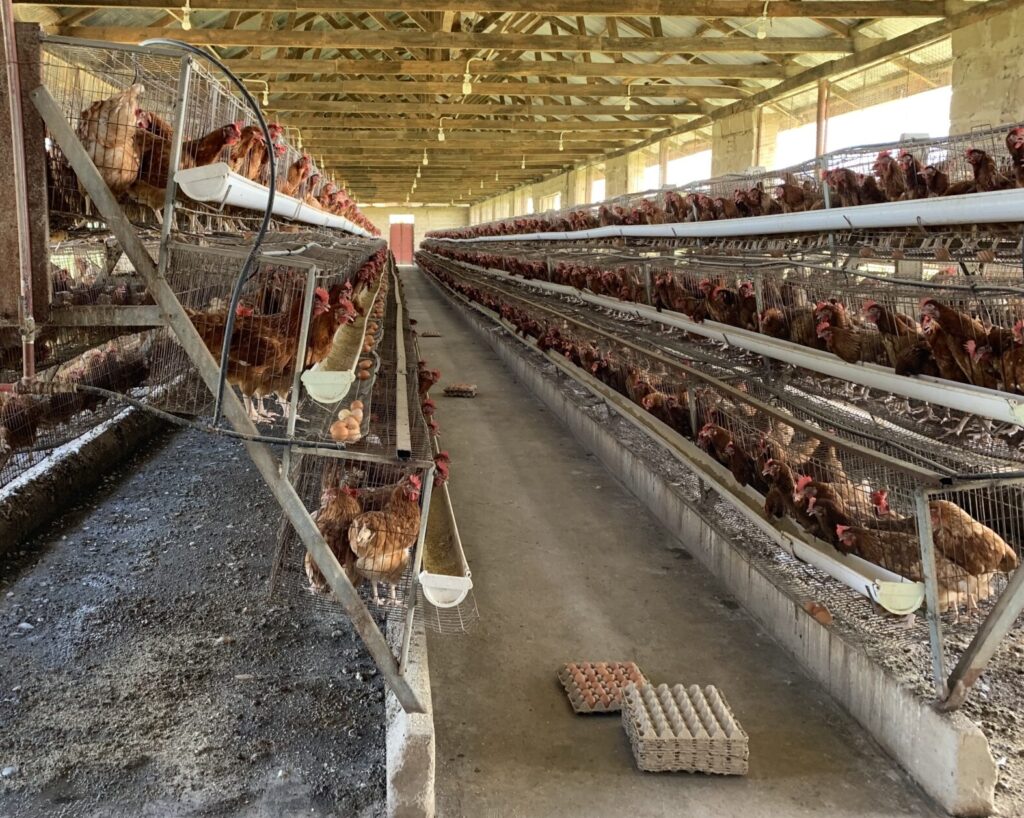What’s gender got to do with antimicrobial resistance? More than first meets the eye…
A resource document introduces practical ways to improve the quality and impact of research by increasing its social relevance.
Antimicrobial resistance (AMR) is a significant threat to human health worldwide because it makes common infections difficult or impossible to control. The consequences are prolonged illness, increased mortality and higher healthcare costs. By some estimates, AMR could push an additional 24 million people into poverty by 2030.
Gender norms and roles influence AMR exposure risks and access to information about how to mitigate them. Issues such as economic discrimination, equal pay and power balances mean women either do not have the knowledge they need or aren’t empowered to act on it.
Despite this, AMR researchers in low- and middle-income countries – where the problem is most severe – lack guidance about how to approach their work with a gender lens in place.
Now an international team of experts have developed a “toolkit” that can help AMR researchers worldwide to improve the quality and impact of their work by ensuring it integrates gender and equity considerations.
The resource document is focused on research supporting intervention and implementation research in human and animal health but is applicable more broadly to other AMR research settings across One Health.
The document was introduced through a webinar on 7 December 2023 featuring members of the team involved in its development, with the support of the International Centre for Antimicrobial Resistance Solutions (ICARS) and the International Development Research Centre (IDRC).
Dozens of researchers from all over the world joined the discussion hosted by ICARS, IDRC and Jive Media Africa. This was facilitated by Erica Westwood, Senior Science Advisor at ICARS who oversaw the initiative at ICARS.
The speakers comprised of two of the team members behind the guide, Bhensri Naemiratch and Ingrid Lynch, and Evelyn Baraké, the IDRC programme officer overseeing this project.
Practical Pathways for Change
The resource document, “Practical Pathways for Change”, can be downloaded from the ICARS website and through IDRC’s digital library. While the guide integrates examples from diverse research fields and topics, it is anchored by two central case studies, one on urinary tract infections and antibiotic use among women in Tanzania, and another on the development and implementation of an aquaculture vaccine in Indonesia. These case studies illustrate the application of gender and equity considerations at every stage of research projects.
Lynch, a chief research specialist at the Human Sciences Research Council in South Africa, told webinar delegates: “The guide is really intended to stimulate your own thinking and your own creativity as you incorporate some of its ideas, and it’s structured in a way that helps you to be systematic when you do that.
“It offers practical tools and strategies, so that even if you’re not familiar or comfortable with gender theory… you are able to find concrete ideas that you can potentially apply.
Research through a gender lens
Gender-related inequalities contribute to AMR, but until now researchers have lacked guidance about how to apply a gender lens in their works. “And effective AMR solutions must be tailored to the behaviours, norms and practices within a local context,” Westwood told the webinar.
Baraké said COVID-19 showed how health crises deepen inequalities. AMR, which she characterised as an “international development emergency”, was no different.
The absence of a gender and equity lens in AMR research, often conducted by clinicians or veterinary scientists, risks the development of solutions that might deepen gender inequalities and other disparities. “We live in a gendered world,” said Baraké. “Gender norms and the beliefs that underlie them are deeply rooted and they drive inequalities in decision-making and in who has access and control over resources.
“They dictate who plays which roles and who conducts which activities in households and caregiving settings, and in crop and animal farming. Women in rural settings around the world are often responsible for a set of activities that put them at the nexus for antimicrobial stewardship and zoonotic disease transmission.” She added that understanding these interlinkages is essential to ensuring that policies and programmes are effective and don’t reinforce harmful norms and inequalities.
“Despite the need, gender analysis is a weakness of AMR research,” said Baraké, which was why the IDRC and ICARS jointly supported the development of the new resource document.
How the guide works
Naemiratch, a senior social scientist at the Mahidol Oxford Tropical Medicine Research Unit in Thailand, said developing the guide began with a systematic review of existing research and continued with consultation workshops and interviews with experts in sub-Saharan Africa and Southeast Asia.
The resource, which spans animal health and human health, is structured around the research cycle of problem identification, proposal development, implementation and data collection, data analysis, and reporting and dissemination.
“We want people to be able to see themselves in the guide, even though AMR research is so diverse,” said Lynch. “Many of you are conducting research that might already be exploring gender topics and themes directly. Some of you may not be conducting research focused quite so specifically on gender topics, but gender will still be relevant at different points in the project”.
She added that many AMR studies include product development and innovations or developing vaccines, and while the gender and equity considerations can seem less obvious the guide also offers helpful guidance for such studies.
Lynch said the guide is linked to each stage in the research cycle and includes tools such as checklists to support systematic reflection and help researchers interrogate their own thinking.
Emphasising that the guide is not prescriptive, Baraké said: “Somebody could look at where they are in the research cycle and see which checklist recommendations are applicable and feasible within the constraints that they have and start there.
“It’s an approach that we hope you can use many times over the course of a career and apply different elements of it every single time, depending on the nature of the project.”
Watch the webinar here
Download “Practical Pathways for Change” here
Details
Resource type: Article
Date: 8. February 2024
Author: ICARS, IDRC, HSRC, MORU, and Jive Media Africa
Region: Cross-regional
Sector: One Health
Share
Share this project on socials
Related resources
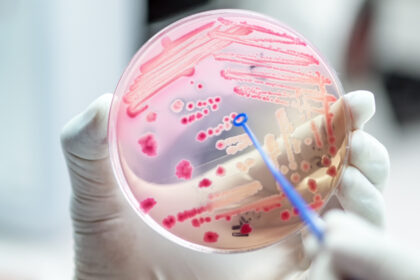
Mitigating antimicrobial resistance (AMR) using implementation research: a development funder’s approach
Mark P Khurana, Sabiha Essack, Ghada Zoubiane, Nandini Sreenivasan, Gloria Cristina Cordoba, Erica Westwood, Anders Dalsgaard, Robinson H Mdegela, Mirfin Mpundu, Rodrigo Scotini, Augustine B Matondo, Alexanda Mzula, Nina Chanishvili, Dimitri Gogebashvili, Maia Beruashvili, Marika Tsereteli, Talant Sooronbaev, Jesper Kjærgaard, Joakim Bloch, Elvira Isaeva, Geoffrey Mainda, Geoffrey Muuka, Ntombi B Mudenda, Fusya Y Goma, Duc-Huy Chu, Duncan Chanda, Uchizi Chirwa, Kaunda Yamba, Kenneth Kapolowe, Sombo Fwoloshi, Lawrence Mwenge, Robert Skov
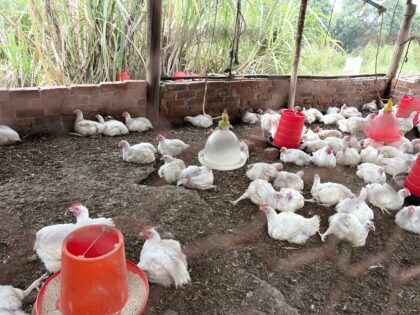
Addressing AMR in poultry production: Challenges and sustainable solutions for LMICs
Boris Lègba, Victorien Dougnon, Maia Berushvili, Canaan Tinashe Hodobo, Emily Onesai Waniwa, Kristina Osbjer, Erica Westwood, Rodolphe Mader and Annick Lenglet
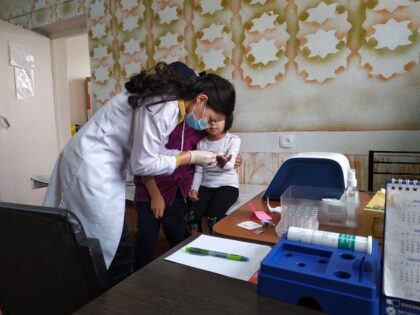
Facilitating appropriate antibiotic use in respiratory tract infections in children in Kyrgyzstan
ICARS

Optimising use of antibiotics for Surgical Antibiotic Prophylaxis (SAP)
ICARS
Related projects
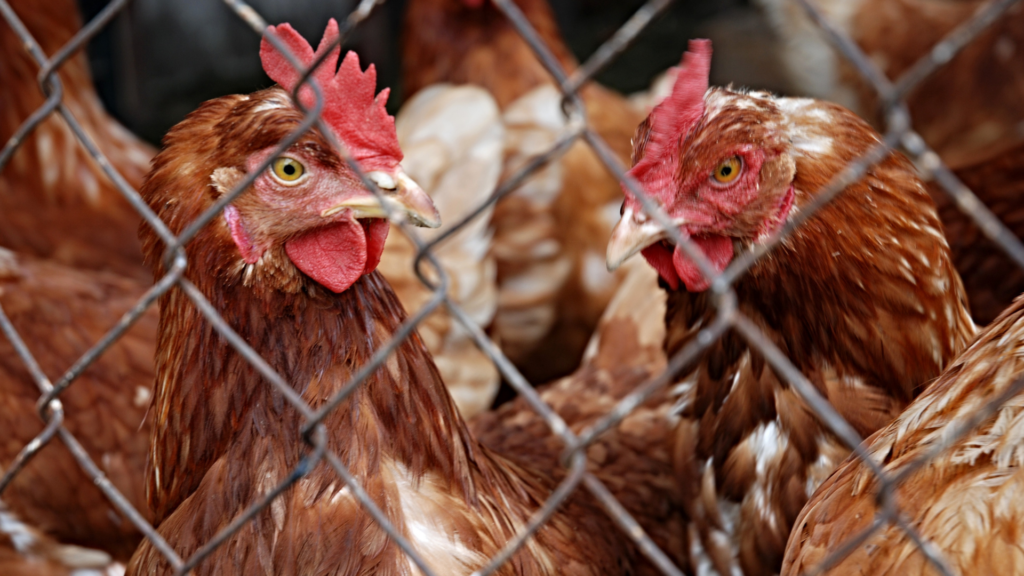
Interventions to control the dynamics of antimicrobial resistance from chickens through the environment (ENVIRE)

Strengthening biosecurity practices in the poultry value-chain in Zimbabwe, to reduce the use of antibiotics
